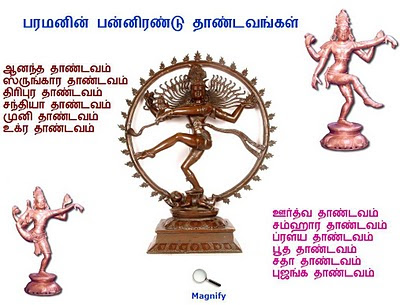Antakshari (अन्ताक्षरी) is a musical game played in South Asia particularly in India, Pakistan, Bangaladesh and Nepal. The word is derived from two Devanagri words:
1. Ant (अन्त) meaning End
2. Akshar (अक्षर) meaning letter of the alphabet
The game can be played by two or more people and is particularly popular as a group activity during commutes, bus rides etc. The starting singer has to sing two complete lines and then s/he may stop at the end of those or following lines. The last letter of the last word sung is then used by the next singer to sing another song, starting with that letter. This is now practiced in almost all the Indian Regional Languages.
In late 1950s and 1960s, we were residing in a house in one of the gullies of Triplicane, was owned by an elderly Milk Vendor. That gentleman used to sing in a folk type of tune all the words that he used to come across during his pass time. Those days we used to make fun of him for this type of practice. Knowingly or unknowingly he was using the art of Antakshari.
Muthu Thandavar (1560 - 1640 CE) was a composer of Carnatic Music. He was an early architect of the present day Carnatic Kriti (song) format, which consists of the Pallavi (refrain), anupallavi and Charanam. He lived in the town of Sirkazhi in Tamil Nadu. His contributions to Carnatic music have been largely forgotten and not many of his kritis are in vogue today. Muthu Thandavar, along with Arunachala Kavi (1712-1779) and Marimuththu Pillai (1717-1787) are known as the Tamil Trinity of Carnatic Music.
Muthu Thandavar only started this Antakshari type of singing very long time back. Please see this small story which came in a news paper.














.jpg)






